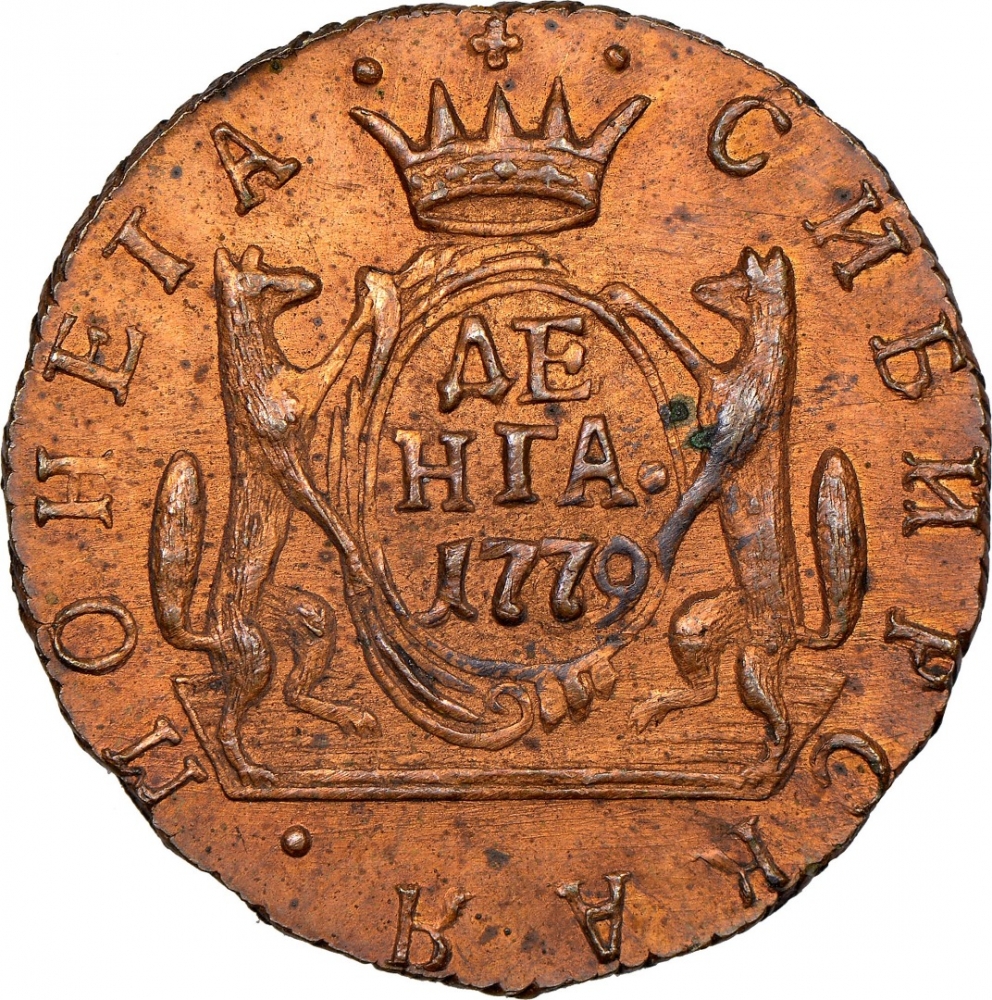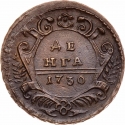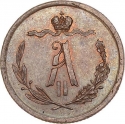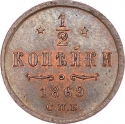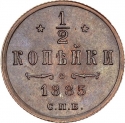You are about to finish your registration. Please check your mailbox (including spam folder). There should be a letter with a confirmation link. Check setting to make sure that your e-mail address is correct.
Send letter againDescription
Siberia was home to many nomadic tribes, and in the 13th century came under the occupation of the Mongols. With the breakup of the Golden Horde late in the 15th century, the Khanate of Sibir was founded with its center at Tyumen. As Russia gained power, it started to expand its influence east of the Ural Mountains by sending in traders and Cossacks into the region. By the 16th century, Russia's control extended to the Pacific coast.
During the reign of Catherine II the Great, a mining colony was set up in the Altai Mountains to strike coins for the region. Coins were struck as early as 1763 up till 1781.
Catherine II of Russia, also known as Catherine the Great (1729-1796), was the most renowned and the longest-ruling female leader of Russia, reigning from 1762 until her death in 1796 at the age of 67. Born in Stettin, Pomerania, Prussia as Sophie Friederike Auguste von Anhalt-Zerbst-Dornburg, she came to power following a coup d'état when her husband, Peter III, was assassinated. Russia was revitalised under her reign, growing larger and stronger than ever and becoming recognised as one of the great powers of Europe. The period of Catherine the Great's rule, the Catherinian Era, is often considered the Golden Age of the Russian Empire and the Russian nobility.
Obverse

|
A simplified crowned monogram of Catherine II (the letter "E" with two vertical lines) within a wreath (laurel on the left, palm on the right) and the letters "K M" for the Suzun Mint (Kolyvan copper) below. Е II |
|---|---|
Reverse

|
The regional arms (Siberia Governorate) bearing a crowned shield with the respective denomination DENGA written in Cyrillic supported by two sables and SIBERIAN COIN written along the rim. • СИБИРСКАЯ • МОНЕТА • |
| Edge |

